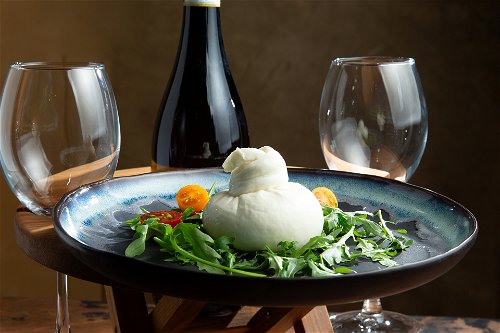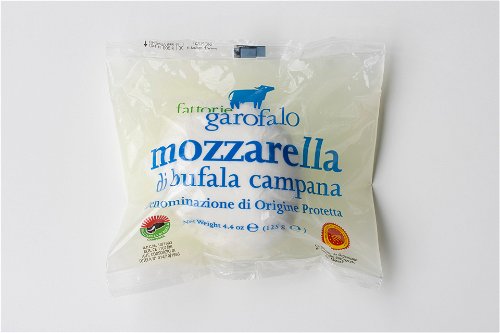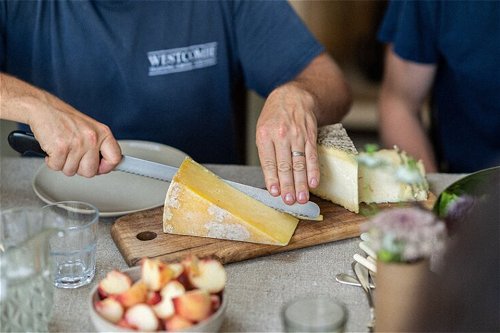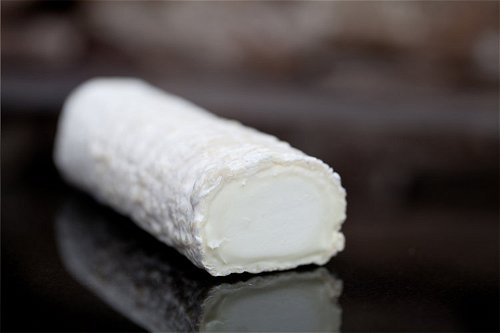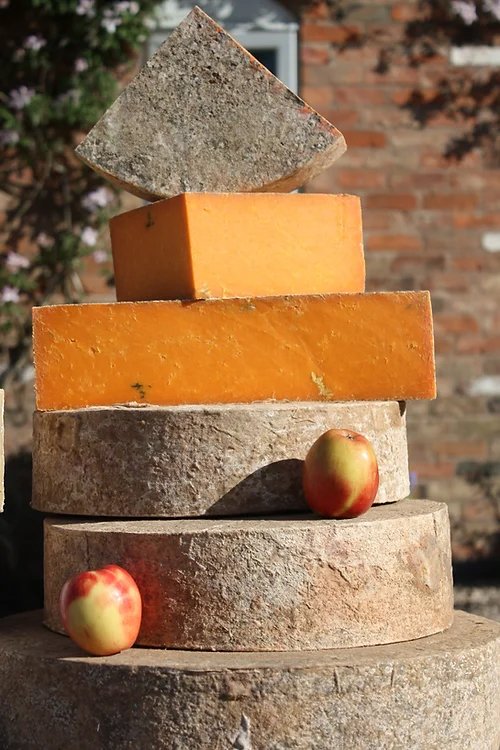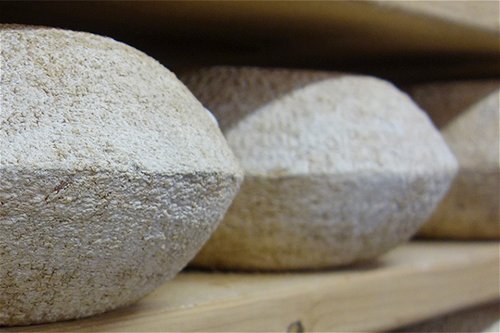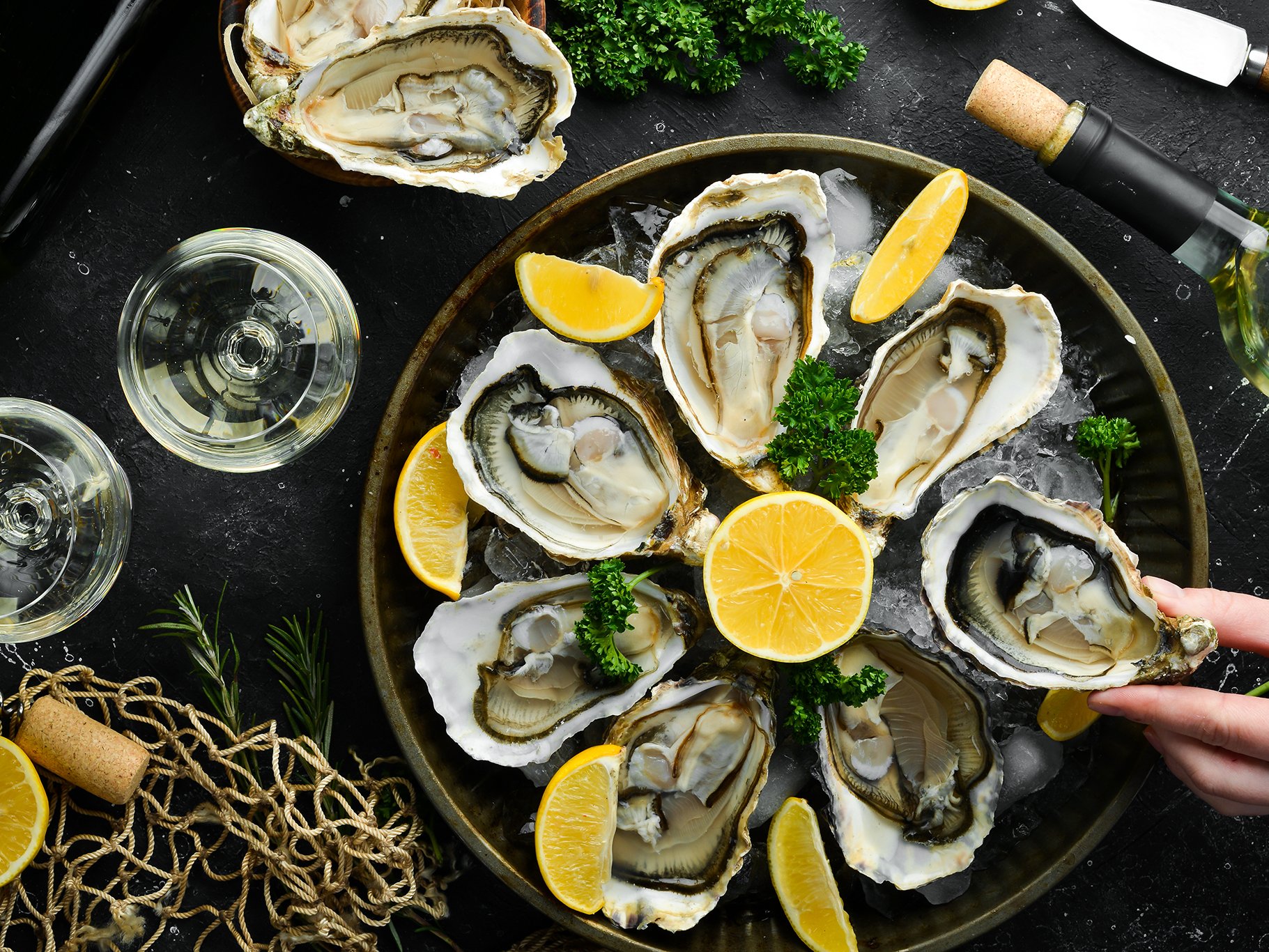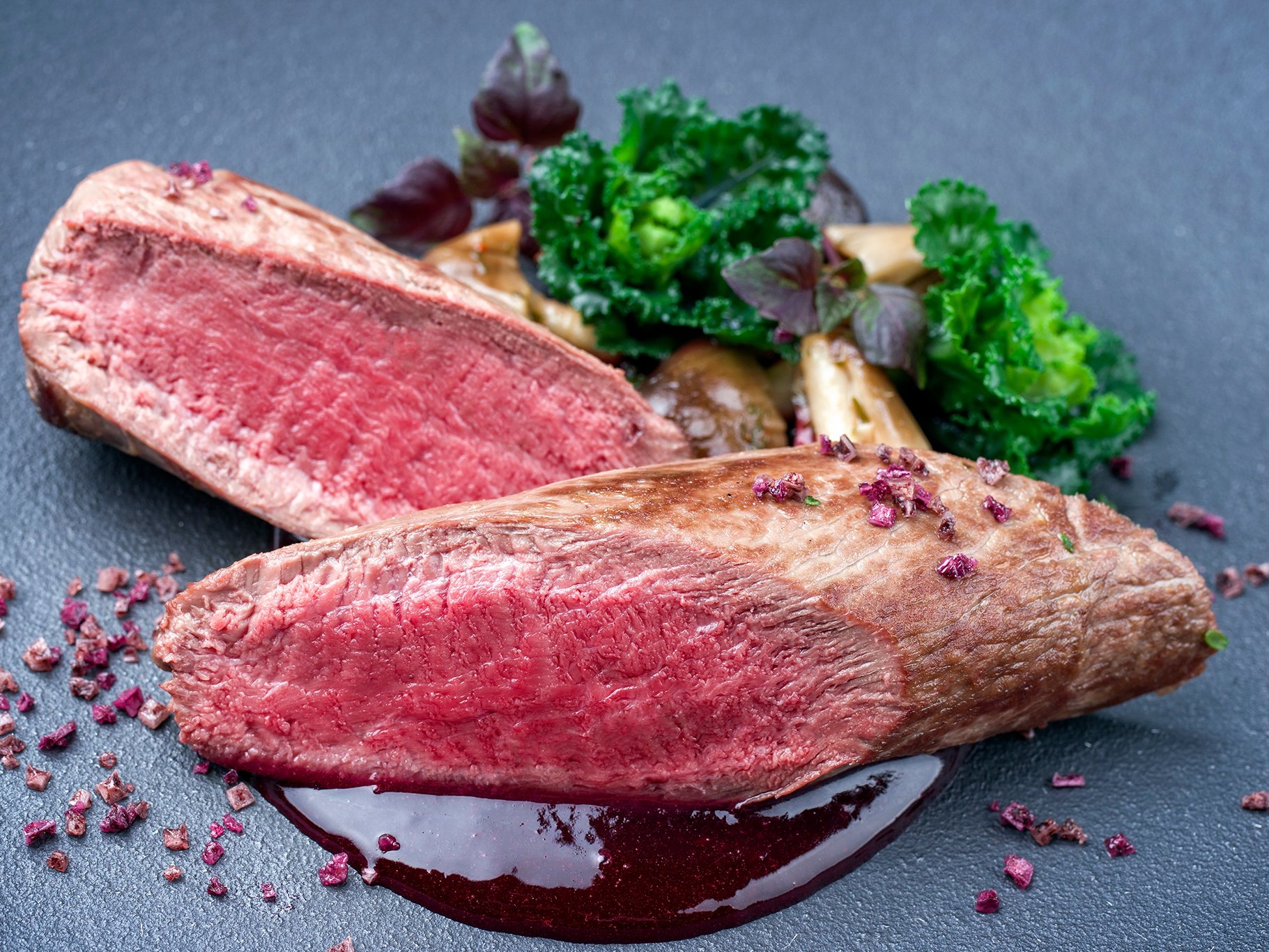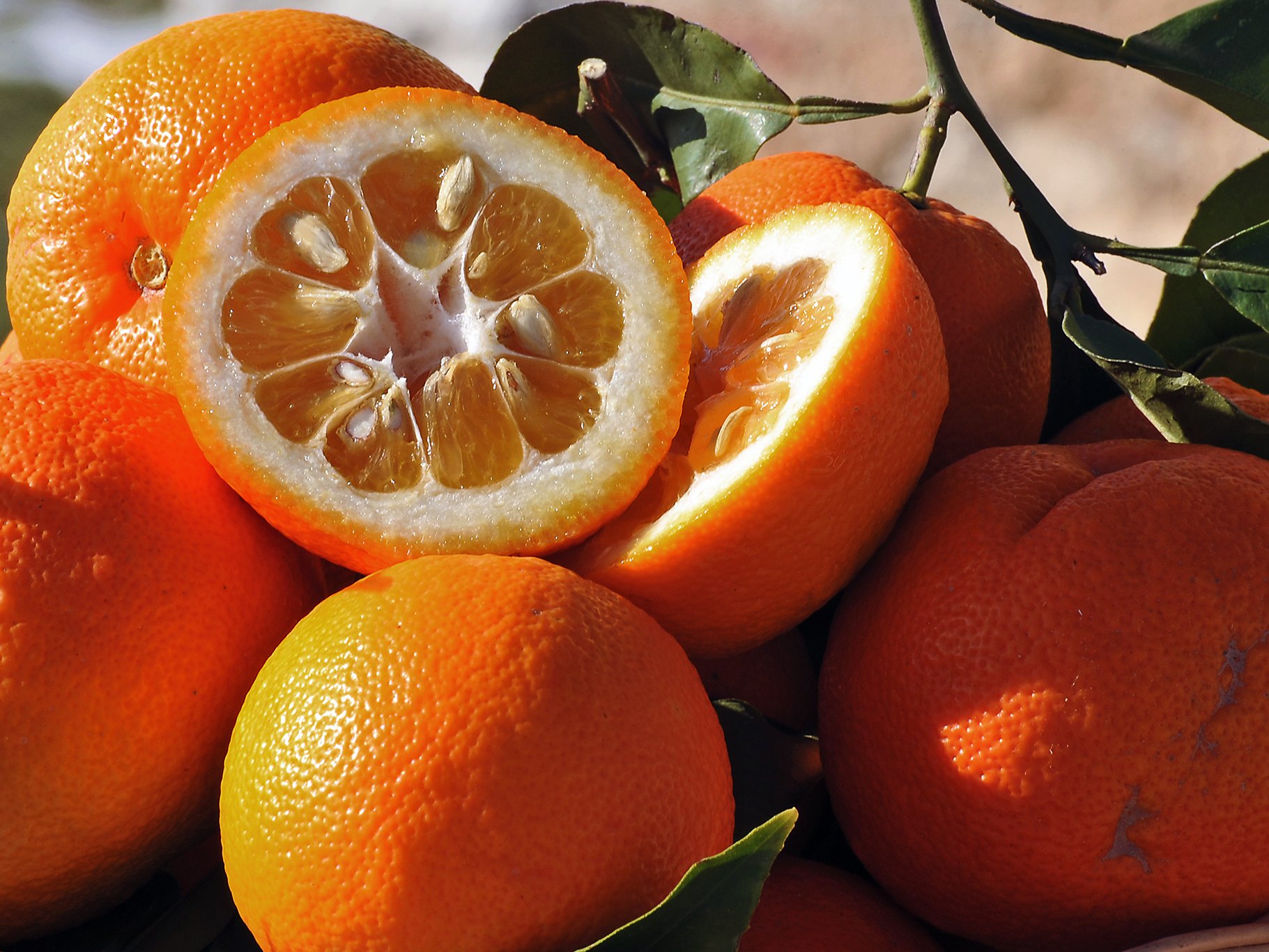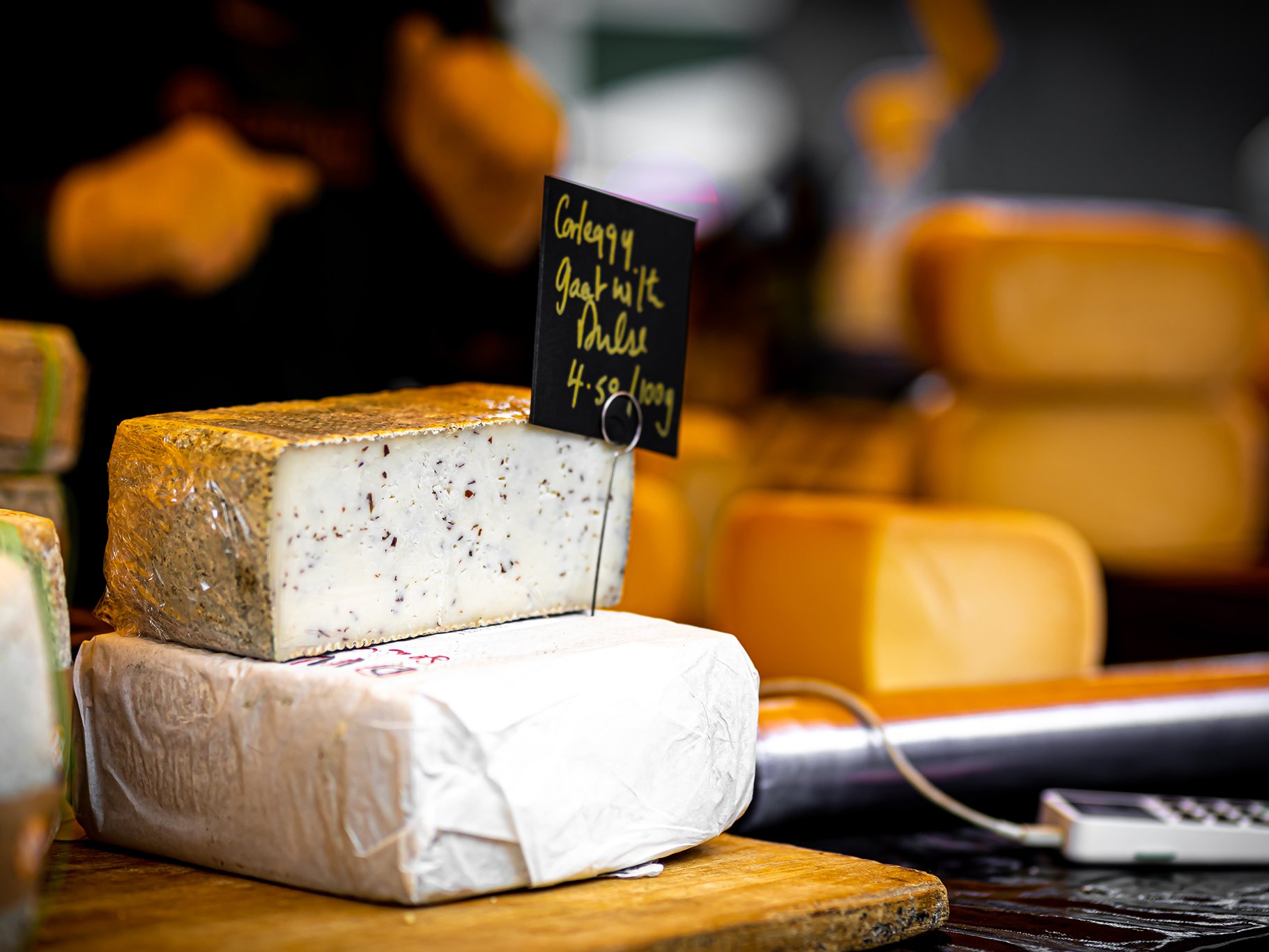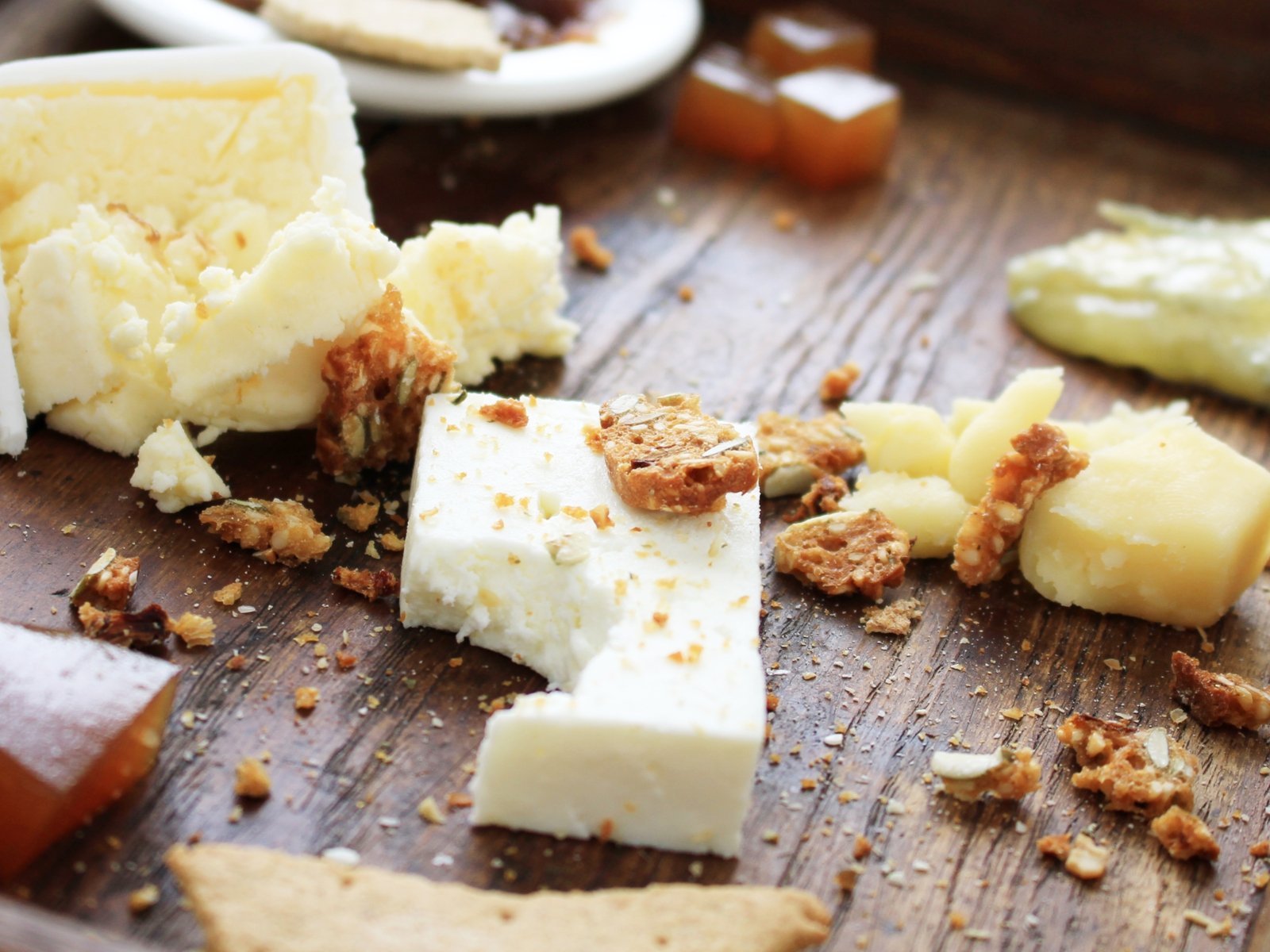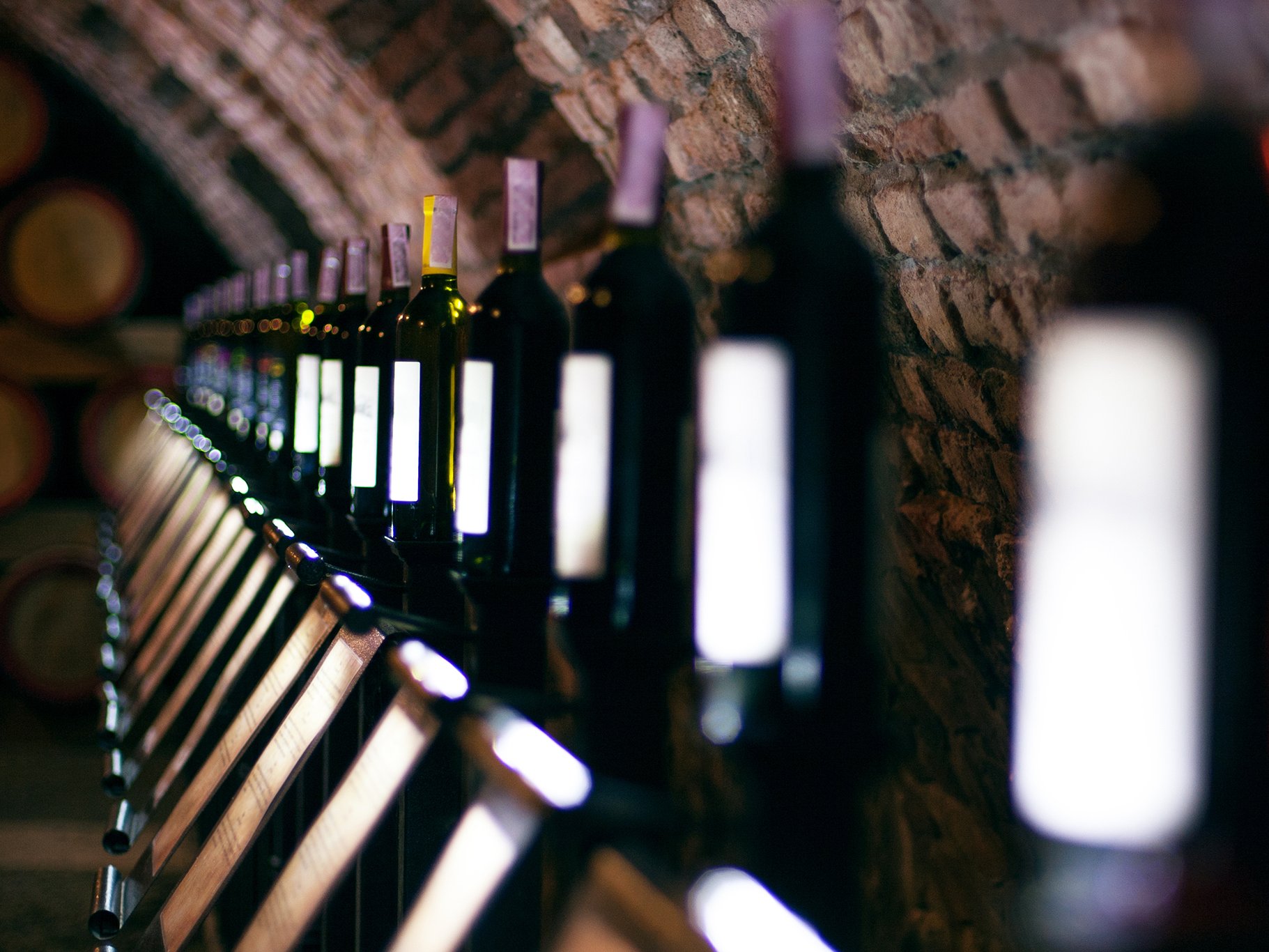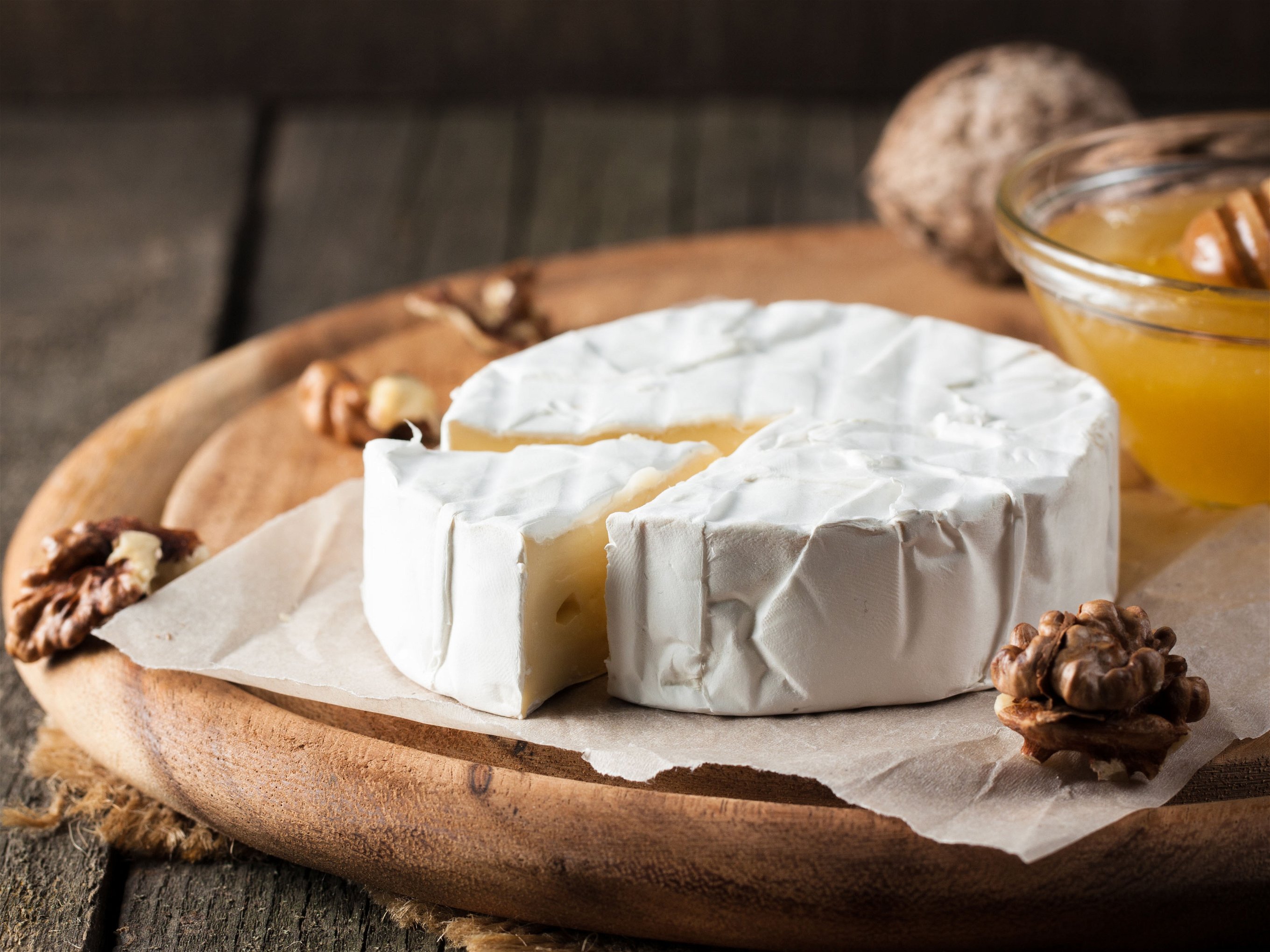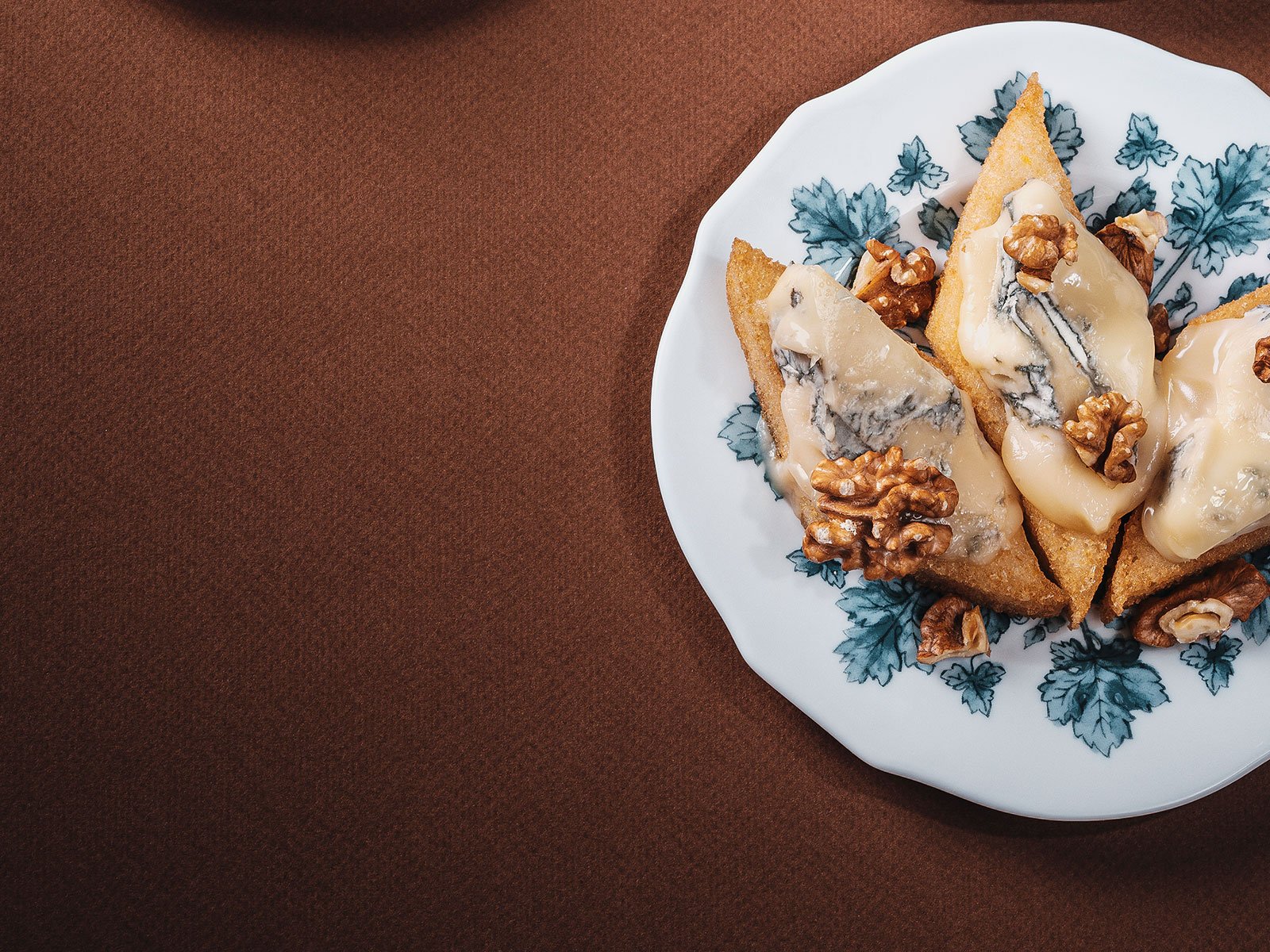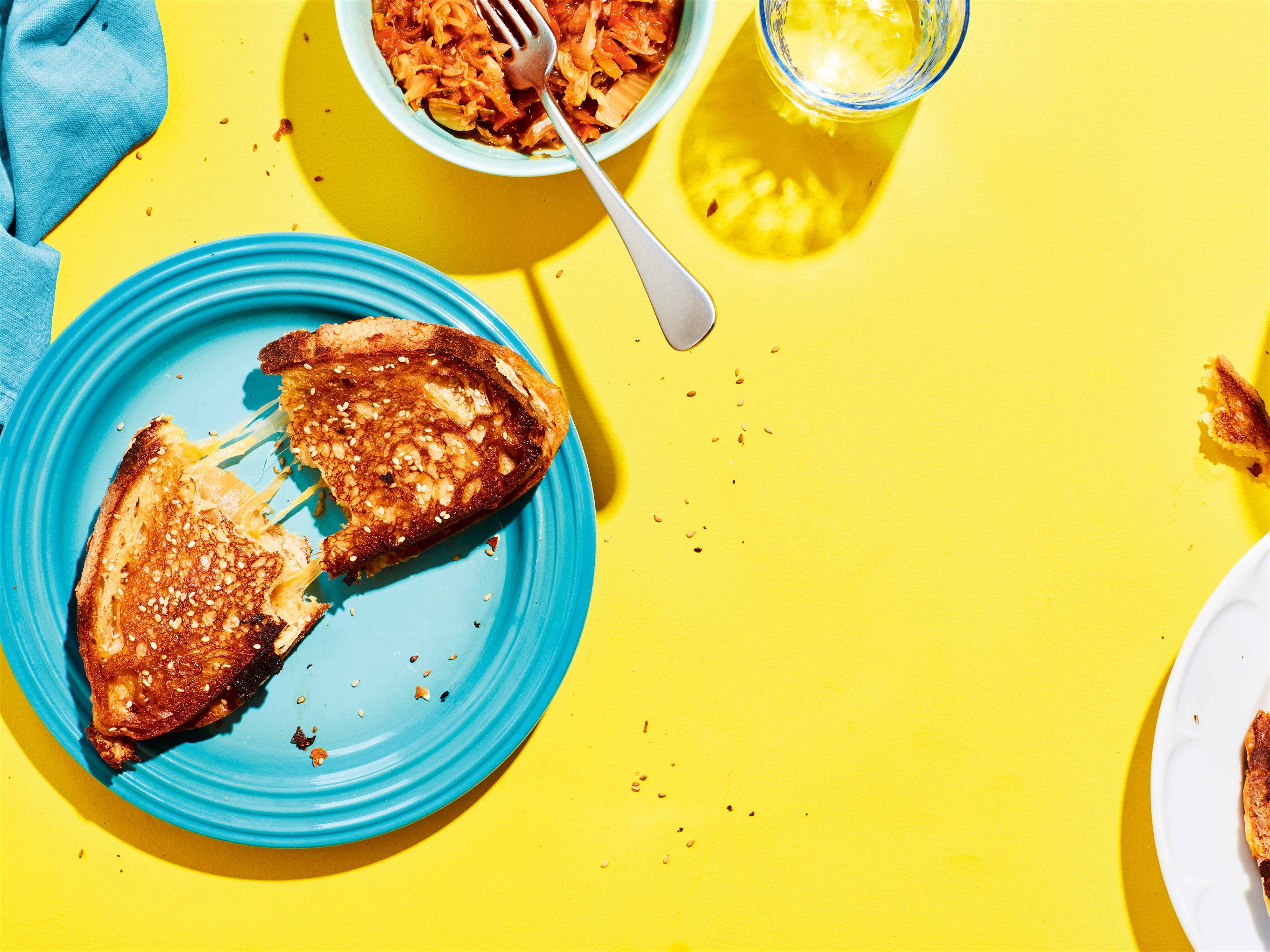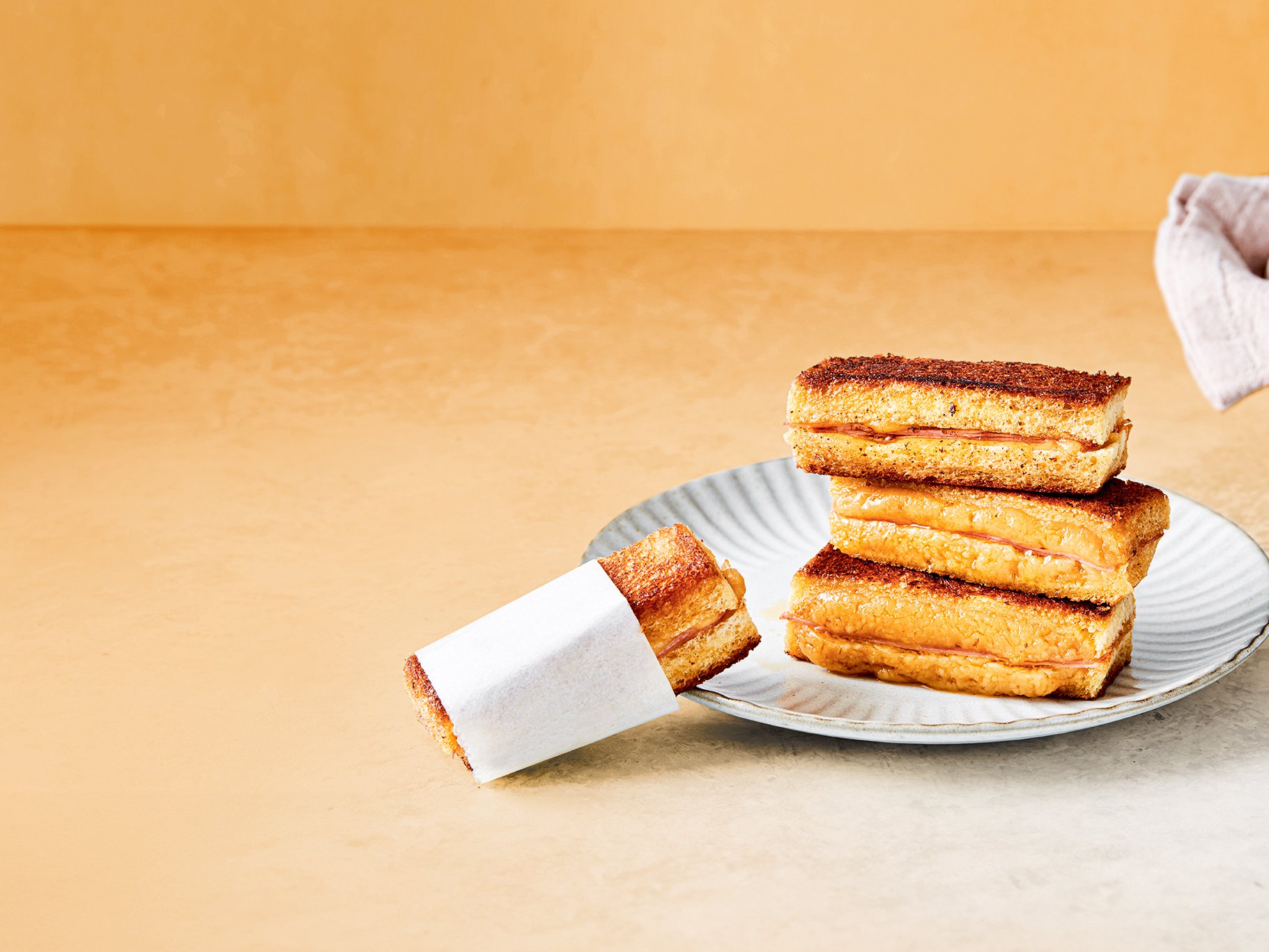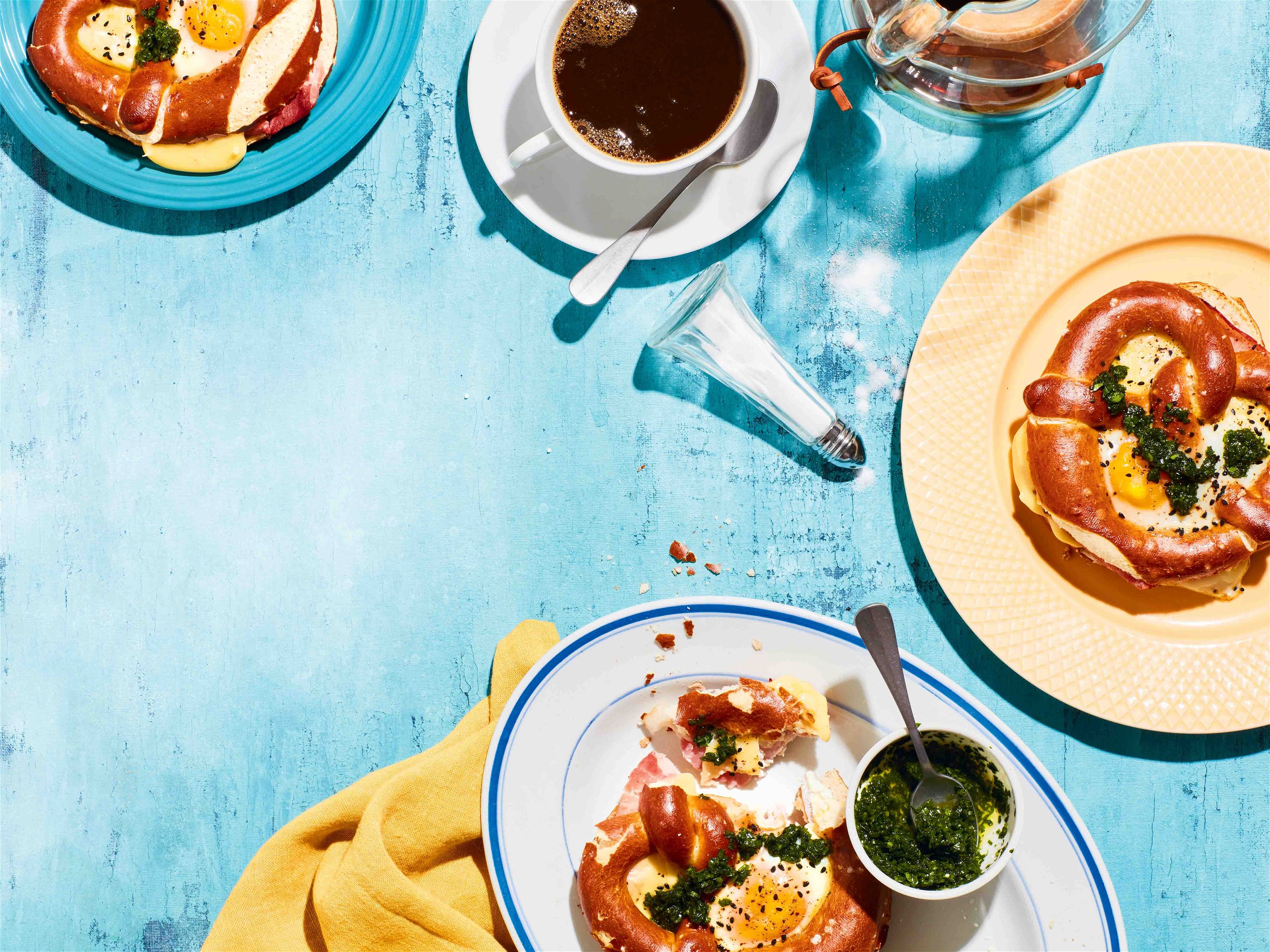Summer cheese and a glass of something chilled: a guide
Summer offers some of the year’s best cheese: here’s our pick along with ideas for drink pairings.
As the midsummer sun climbs into the sky our thoughts turn inevitably to light suppers on the terrace, river-side picnics and all forms of al fresco gourmandising. At the same time, the headier reds of the cooler months are put aside for fresher delights, chilled white and rosé in the main (plus the odd light red or refreshing sherry). And cheese is most definitely on the menu.
The lush pastures of late spring and summer provide not only sweet, newly grown grass for grazing animals but also a range of flowers and herbs, all adding to the flavour and vivacity of the milk and the cheese made from it. As summer progresses, some of these cheeses have the capacity to mature this liveliness into more complex flavours. 12 or even 24 months on, the echoes of these golden days can still be felt in the intense aromatics of mature hard cheeses made during summers past.
Fresh Mozzarella di Bufala and Burrata
Forget dismal cafeteria Insalata Capreses – hard and pitiless tomatoes, tasteless, rubbery mozzarella all overpowered by limp and bitter basil – the real deal is a thing of beauty. Much depends on the tomatoes of course but the dish is transformed using proper, fresh mozzarella also at its best during the summer months.
Much commercially available mozzarella is made from cow’s milk and has a simple lactic taste and firm, dry texture good for pizzas or Mozzarella in Carrozza (breaded and fried). Mozzarella di Bufala Campana PDO is quite literally another beast. Produced in the Italian region of Campania, it’s made from the milk of water buffalo which is high in fat adding to the richness of the finished product. It’s a pasta filata cheese, made by adding curds to boiling water and then stretching and shaping them, typically into balls. The process traps some of the whey inside giving the cheese its characteristic weeping consistency when cut open.
Burrata is a close relative. Similarly made from either cow or buffalo milk using the pasta filata process, it’s produced all over Italy but is arguably at its best in the south-east (Molise and Puglia). The name refers to its exceptionally “buttery” taste (“burro” is the Italian for butter), something achieved by filling a pouch of mozzarella with ribbons of the cheese mixed with fresh cream.
The freshest of these cheeses are best served simply – anointed with good olive oil and seasoned with a rasp of black pepper. A friend to salty olives and anchovies, their milky richness also pairs well with sweet elements, fresh fruit like figs or a drizzle of honey. Check out our Top 10: Mozzarella & Burrata recipes for further inspiration. The soft texture also lends itself to a good crusty loaf. One of Italy’s indigenous white grapes, fully ripened in the southern sun into stone fruit and even tropical notes, would pair wonderfully: try a Puglian Fiano or, better still, a wine from Fiano di Avelino DOCG in Campania.
Young Goat and Sheep’s Cheese
Unlike commercial cow herds, goat and sheep typically only produce milk in the spring and summer due to their breeding patterns. The classic French goat’s cheeses of the Loire Valley offer both immediate, fresh delight and the ability to age into richer, more pungent complexity. The most famous is Crottin de Chavignol AOC, a small puck-shaped cheese (“Crottin” actually refers to the shape of animal droppings…). The younger cheeses are soft and yielding but they develop into a crumbly almost chalky texture. The flavour changes too, from citrus acidity to a nuttier, more intensely goaty twang.
It’s a favourite for salade de chèvre chaud – cheese baked on bread and served with lightly dressed bitter leaves – an ideal light lunch or summer starter that calls out for the red-berried chew of Anjou rosé. Chavignol, the village from which the cheese hails, is located some distance from Anjou, however. It’s just outside famous Sancerre at the eastern end of the Loire. Inevitably this means that the cheese really shines when paired with the exceptional quality Sauvignon Blanc of the area (AOCs Sancerre, Menetou-Salon and Pouilly-Fumé). It might be a little fanciful to put all this down to the Kimmeridgian limestone that feeds both grass and vines in the area but it is true to say that the local cheese and wine share a lovely herbal, flinty quality. Pyramidal Valençay, heart-shaped Coeur de Touraine and cylindrical Sainte-Maure, also from the Loire region, are lovely alternative cheeses. They are all dusted with ash to control the acidity of the rind and regulate maturation.
The Loire doesn’t have a monopoly on quality French goat’s cheese. For something with a more unctuous consistency, the chestnut-leaf-wrapped cheeses of Provence, of which Banon Feuille is the most common, are superb. Head to the river with a baguette under your arm and a bottle of Provençal white or rosé in your knapsack and the cheese will sing. Find a blend of either colour featuring Rolle (the local name for Vermentino) and this quiet bucolic ditty is apt to become a full-scale hootenanny.
England also has a proud goat’s cheese tradition. Made at Neal's Yard Creamery in Herefordshire, Ragstone and Dorstone are two excellent artisan cheeses. The former has a more mature profile and firmer texture whilst the latter has a pleasingly whipped fluffiness. Both share a zingy citrus flavour that is sufficiently complex to lure you away from the Loire. Or try Golden Cross, an ash-dusted goat’s cheese made from raw milk in Sussex. Quite firm in texture, it has a delightful creamy taste that intensifies with age.
The guys at Golden Cross Cheese also produce the lovely Flower Marie from sheep’s milk. Soft and bloomy on the outside with a pleasant mushroom musk, inside the paste is subtly sweet and yielding. With an entirely different profile, Berkswell is made in the West Midlands by Ram Hall Dairy using milk from their Friesland sheep. An unusual disk shape that reflects the colanders in which is it made, its firm tanginess is somewhat reminiscent of Manchego. Follow this line of thought with a chilled white Rioja, Amontillado or Palo Cortado for a great, summery pairing.
Aged Cheeses: Alpine and British Territorials
Although this year’s fresh cheeses are a lovely, light option, sometimes you want a little more bite, complexity and depth. The answer is to look for hard cheeses made with a previous year’s summer milk that have been aged for around 12 or 24 months. Some of the great British territorials fit this profile. Westcombe Cheddar is made using unpasteurised cow’s milk, aged for a minimum of a year. It has an intensely savoury, cellared, brothy flavour. Likewise, raw-milk Montgomery's Cheddar, again from Somerset, has a pleasingly strong and tangy profile. You can also find Sparkenhoe’s Red Leicester that has been aged into a delightful crystalline, sweet/savoury cheese. It’s so far from supermarket Red Leicesters as to be unrecognisable. Somerset ciders and artisanal beers make great drinking companions: the fruity sweetness or bitter quality from the hops brings out different elements in the cheeses’ intricate profiles.
The beautiful cheeses of the Alpine regions can also age for significant periods. You can source mature summer-milk Comté from quality cheesemongers: its complex, caramel flavour is a step up from its younger self and it makes an excellent addition to the summer cheese board for more demanding palates. To really test your guests’ gourmet credentials, serve it with the local Vin Jaune made in the Jura region. Like Fino and Manzanilla sherry (although not fortified), it is aged under a protective layer of yeast to develop challenging but rewarding acetaldehyde-related flavours. It’s not to everyone’s taste, but its dry, sherry-like nuttiness pairs well with the sweet cheese. High-quality Gruyère can also be found at 12 months and 24, during which time its fresh, summer-pasture profile has matured into a complex, crumbly fruitiness.
Beaufort comes in several forms that reflect the turning of the seasons on the alpine meadows where the cattle graze. Beaufort d'été, Beaufort d’alpage and Beaufort chalet d’alpage are made with summer milk and then aged. Although it begins to appear in shops in Autumn, by the following summer its fresh milky flavours have matured into intricate memories of floral meadows and deliciously nutty aromas. A wine with a little residual sugar, like some Alsatian Pinot Gris or Rieslings, really flatters these cheeses. The more northerly wine regions also provide perfect, lighter red wine companions – Austria’s Zweigelt and Germany’s Spätburgunder (aka Pinot Noir) are delightful served chilled with summer cheese. Alternatively, head back to the Loire for Cabernet Franc from Saumur or Bourgueil.

